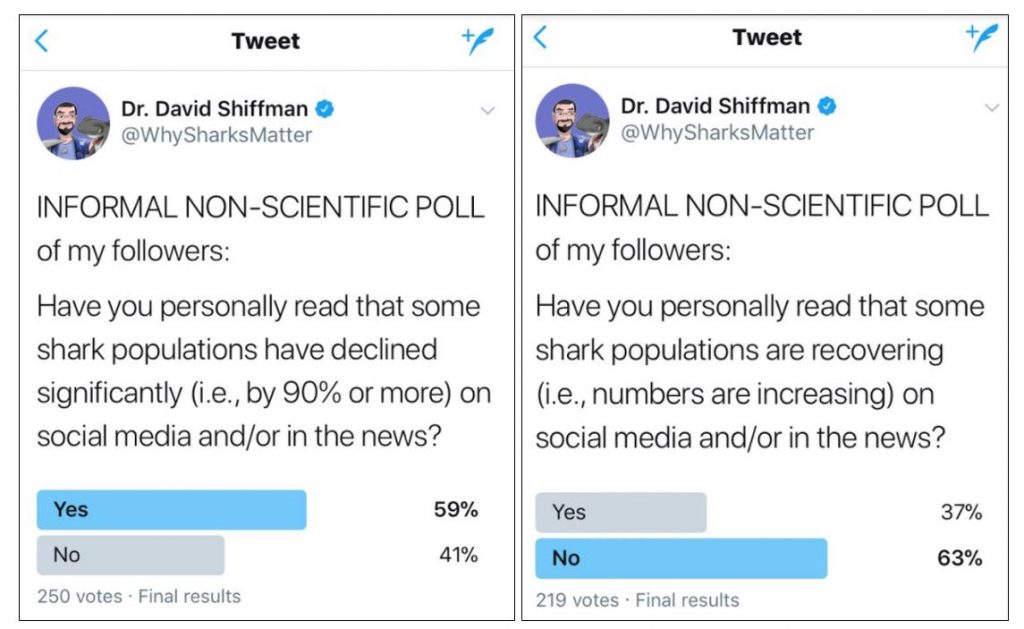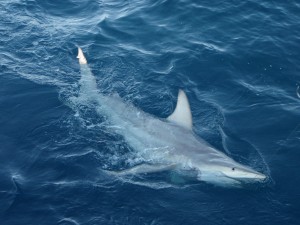Did you know that some shark populations have declined due to overfishing? Did you know that some once-declined shark populations have recovered? If you’re like my twitter followers, it’s likely that you’ve heard the bad news, but have not heard the good news.
Why does this matter?
It’s important to share bad news so that people know there’s a problem, and that we need to act to solve that problem. However, it’s also important to share good news so that people know that a problem is solvable! This idea was behind the birth of the #OceanOptimism online outreach campaign.


